Next opening on 17 june 2016

Tate Modern revealed plans for entirely new collection displays, 75% of which will have been acquired since 2000, opening on 17 June 2016. The new displays will demonstrate how the collection has been transformed since Tate Modern first opened. The world’s most popular gallery of modern art will be even more international, diverse and engaging, with works by over 300 artists from around the world, with works by Mark Rothko, Agnes Martin and Henri Matisse joining new acquisitions from Latin America, Africa, Asia, the Middle East and Eastern Europe, including Meschac Gaba, Sheela Gowda and Cildo Meireles.
The impact it has had on urban design and the development of the South Bank and Southwark, has been as substantial as its influence on the city’s artistic, cultural and social life. The new development will add another decisive dimension to the architecture and environment of this quarter and beyond. With a new entrance to The South, and a direct north-south passage, taking people from the Thames through the existing building and the Turbine Hall out to a new city plaza to the south on Sumner Street and from there on to Southwark, the development will connect Southwark with the Thames and provide much improved open, public space.
The clover-shaped dramatic subterranean oil tanks are at the heart of these plans and they are a point of departure for the new building. When we converted the power station we dug out the Turbine Hall in order to turn the vast physical dimensions of the existing structure into a tangible reality. Here, the Oil Tanks form the foundation of the building as the new volume develops and rises out of the structure below. They are not merely the physical foundation of the new building, but also the starting point for intellectual and curatorial approaches which have changed to meet the needs of a contemporary museum at the beginning of the 21st century.
These approaches require a range of gallery spaces, both larger and smaller, along with ‘As Found’ spaces of less conventional shape, and better facilities for the gallery’s popular learning programmes. As well as doubling the gallery space, The Tate Modern Project will create a diverse collection of public spaces dedicated to relaxation and reflection, making and doing, group learning and private study. These spaces are spread over the building and linked by a generous public circulation system rising through the building.
The vertical orientation of these spaces is clear in the same way that a horizontal orientation is evident in the first phase of the Tate Modern. At the same time we felt it was important for the building to be visible from The North. As one approaches Tate Modern from the river, it can be seen rising behind the power station without competing with the iconic chimney. Integrating the new building into the existing has been fundamental to the project, as well as integrating it into the skyline of the city and ensuring that visitors both inside and out could orient themselves.

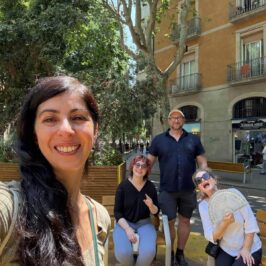

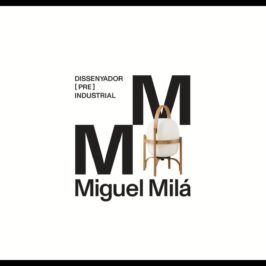

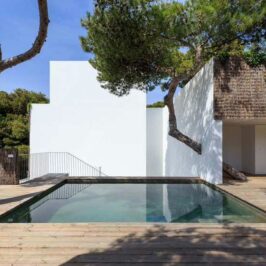

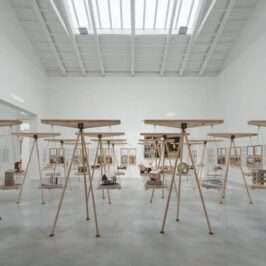
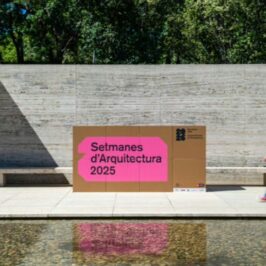

Leave a Reply